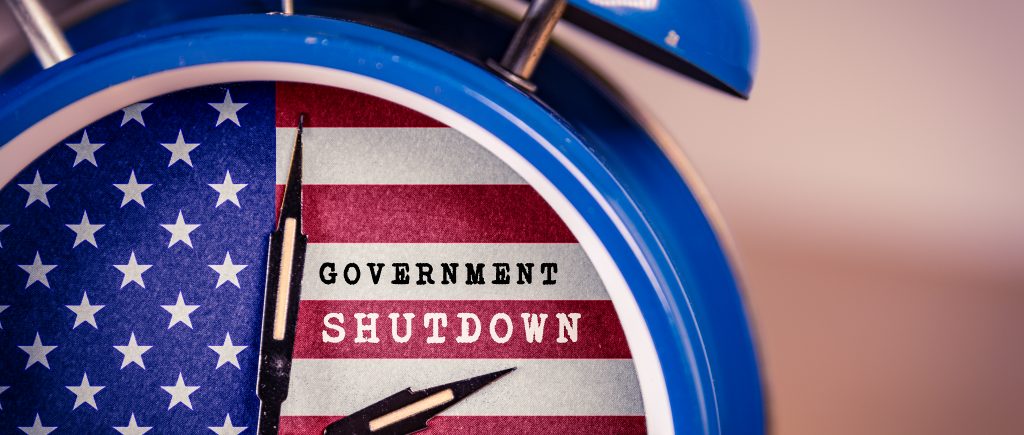The U.S. government shutdown now underway is doing more than paralyze federal services — it’s already unleashing significant economic losses, with the damage mounting the longer the impasse lasts. According to internal estimates, the U.S. could lose as much as 15 billion dollars in GDP each week of shutdown. Projections suggest that each week of halted operations could shave off 0.1 to 0.2 percentage point from national growth.
These headline numbers mask even greater strain beneath the surface. Around 900 thousand federal employees are already furloughed, while another 700 thousand are working without pay. Entire agencies are operating on skeleton crews, with 89 percent of the Environmental Protection Agency, 87 percent of the Department of Education, and 81 percent of the Commerce Department idled. Beyond Washington, millions of households are seeing paychecks vanish, cutting into spending that sustains local economies.
The shutdown’s shockwave is also hitting private contractors and partner companies. More than one million contract employees are directly affected by suspended projects or delayed federal payments. Aerospace, defense, and IT service providers are feeling the deepest wounds. Major government suppliers — including those in defense manufacturing, systems engineering, and cybersecurity — have seen contracts frozen, milestone payments postponed, and workforces partially idled. The combined revenue exposure of these firms runs into tens of billions of dollars, with several reporting production slowdowns of up to 30 percent on government-linked programs.
Aviation and tourism losses are compounding the picture. The grounding of non-essential FAA operations and reduced staffing in air traffic control have already disrupted thousands of flights, cutting industry output by roughly 1 billion dollars per week. The closure of national parks, monuments, and museums is draining regional economies that rely heavily on visitor spending, with hotel and restaurant revenues down between 20 and 35 percent in popular tourist hubs.
In agriculture, the shutdown of USDA offices has frozen farm loans, delayed subsidy payments, and suspended market data crucial to price forecasting. Farmers across the Midwest warn that each week of delay costs the sector hundreds of millions of dollars in lost planning and procurement efficiency. Similarly, the health and research sectors are stalling: clinical trials, public health studies, and regulatory reviews are paused, leaving labs idle and pharmaceutical approvals months behind schedule.
Economists estimate that if the shutdown persists for a full month, total economic losses could exceed 60 billion dollars, approaching the scale of a mild recession. Beyond the immediate figures lies a more corrosive effect — the erosion of confidence. With vital data releases suspended, investors and policymakers are flying blind, unable to gauge inflation, employment, or consumer strength. What began as a political standoff has become an expanding economic wound — one measured not just in lost dollars, but in diminished trust, stalled innovation, and a shaken global image of U.S. economic reliability.

 Noor Trends News, Technical Analysis, Educational Tools and Recommendations
Noor Trends News, Technical Analysis, Educational Tools and Recommendations




